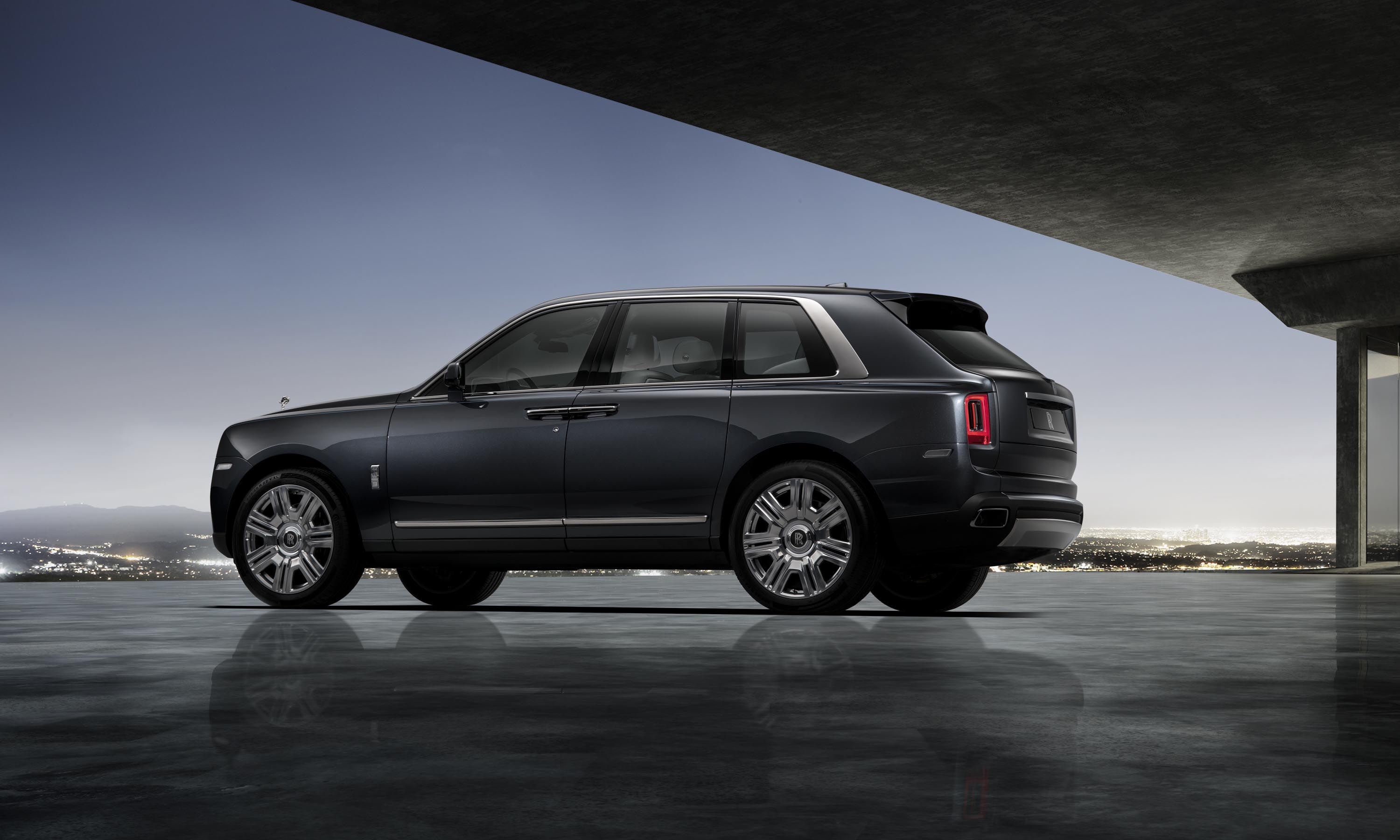IN THE LAST THREE MONTHS OF THE YEAR, WHOLESALE VOLUMES ROSE 48% TO 1,668 UNITS AS THE DB11 WENT ON SALE IN MAJOR MARKETS – WITH SIGNIFICANT ORDER INTAKE GLOBALLY
28 February 2017, Gaydon, UK.- Aston Martin Holdings (UK) Ltd., the producer of luxuryhandcrafted sports cars, reported record fourth quarter results and full-year earnings that exceeded £100m for the first time amid strong demand for its new DB11 model and continuing benefits of the ‘Second Century’ transformation program.
Adjusted earnings before interest, tax, depreciation and amortisation (EBITDA) rose 90% to £69m in the three months to December 31, 2016, on revenue ahead 54% to £285m – reflecting strong inaugural sales of the DB11.
For the year as a whole, revenues increased to £593.5m, up from £510.2m in 2015. Full-year EBITDA rose to £101.0m from £71.4m (adjusted for non-recurring items) in the 12 months ended December 31, 2015, and the company returned a positive operating profit of £16m before exceptional charges.
Dr Andy Palmer, Aston Martin President and Chief Executive Officer, said: “These results demonstrate the benefits of our Second Century plan, in which we have stabilised the company, strengthened the balance sheet and transformed our profitability. We have seen extremely strong demand for the DB11 in the fourth quarter and, together with our continued financial discipline and growth plans, this has enabled us to increase our 2017 forecasts meaningfully.”
Aston Martin forecasts that revenues will rise to between £785m and £815m in 2017, with EBITDA expected to increase to between £160m and £165m.
The revised forecast follows continuing demand for the DB11, powered by a potent new Aston Martin designed 5.2-litre twin-turbocharged V12 engine, and combining the company’s luxury craftsmanship and engineering innovation.
In the last three months of the year, wholesale volumes rose 48% to 1,668 units as the DB11 went on sale in major markets – with significant order intake globally.
Building on the DB11 launch, the company plans to bring to market one new model every nine months for the duration of the plan through 2020. The programme will include the company’s first crossover vehicle, which will be assembled at a new manufacturing plant at St Athan in Wales which will be fully operational in 2019.
Product investment rose to £192m from £161m, and the company ended the year with net cash of £101.7m, up from £65.6m at the end of 2015. Cash generated from operation activities rose to £164.6m from £75.2m in the same period of 2015.
Exceptional items including depreciation and amortisation charges relating to asset writedowns of legacy tooling, IT equipment and capital investment as the company modernizes production assets in support of new model roll-outs, as well as financing costs, led to a pretax loss of £162.8m for the full year. The pre-tax results were also adversely impacted by mark-to-market losses on a currency hedging programme, which was put in place prior to the recent depreciation in sterling. Sterling depreciated by 17% year-on-year to $1.23 at the end of 2016, forcing Aston Martin to book a loss against its currency hedges.
Mark Wilson, Executive Vice President and Chief Financial Officer, said: “We have taken significant steps to strengthen our balance sheet and to write off non-cash items.
Nevertheless, our operating performance has been very strong. We have generated record revenues and EBITDA, delivered an underlying operating profit, and successfully launched the first model of our new product offensive.”
Source: Aston Martin
Photograph: Aston Martin







